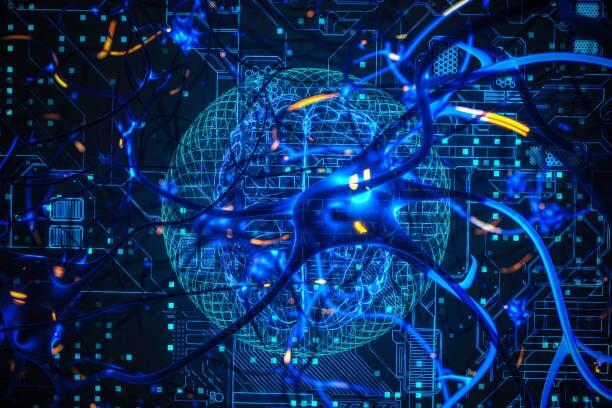
BCI devices that alter the brain's electric fields
BCI devices that alter the brain's electric fields
We are developing a theory that can improve BCI devices [1] - [5]. Current BCI only read brain activity at the macroscale. These devices often read brain activity from outside the brain. This is too broad and cannot provide specific information about what happens inside the brain. There are a few BCI devices that can read from inside the brain but they cause inflammation and damage the brain tissue.
In collaboration with MIT and Johns Hopkins labs, we focus on BCI devices that have been safely tested on animals [6]. They do not damage the brain tissue and can read microscopic brain activity. They offer detailed information about what happens inside the brain and capture information from single brain cells. However, they also have limitations. Reading from single neurons is not sufficient. It is like trying to hear the symphony that an orchestra plays—by listening to the violin only. The brain is like an orchestra. To hear and read brain activity, we need to hear many instruments or neurons at the same time. This is the goal of this research program.
We have developed a new theory which focuses on understanding the aggregate electric field of the brain. It explains how this field is produced by neurons but also other brain cells and proteins. Past theoretical work in the field of BCI focuses only on single neurons and electrical processes. Our theory is broader. It explains brain activity at the microscale but from more cells, and includes the brain’s chemistry. The new BCI devices developed here will thus have both broad brain coverage and microscale resolution.
Listen to our Clubhouse talk.
References
[1] Pinotsis, D.A., Brincat, S.L., and Miller, E.K. (2017). On memories, neural ensembles and mental flexibility. NeuroImage 157, 297–313.
[2] Pinotsis,D.A. and Miller, E.K. (2017). New approaches for studying cortical representations, AAAI Spring Symposium Series Technical Report (2017) ISBN 978-1-57735-779-7.
[3] Pinotsis, D.A., and Miller, E.K. (2022). Beyond dimension reduction: Stable electric fields emerge from and allow representational drift. NeuroImage 253, 119058.
[4] Pinotsis, D., and Miller, E.K. (2023). In vivo ephaptic coupling allows memory network formation. Cerebral Cortex, 2023, 1–19 https://doi.org/10.1093/cercor/bhad251
[5] Pinotsis, D. A., Fridman, G., & Miller, E. K. (2023). Cytoelectric Coupling: Electric fields sculpt neural activity and “tune” the brain’s infrastructure.Progress in Neurobiology, 226,102465
[6] Aplin, F.P., and Fridman, G.Y. (2019). Implantable direct current neural modulation: theory,feasibility, and efficacy. Frontiers in neuroscience 13, 379.